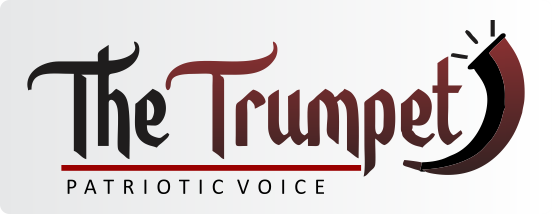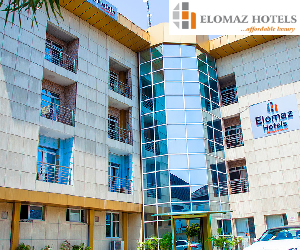The African Union has endorsed a campaign aimed at abandoning the 16th-century Mercator map in favour of a projection that more accurately reflects Africa’s size.
Created by cartographer Gerardus Mercator for navigational purposes, this map distorts the sizes of continents, enlarging regions near the poles, such as North America and Greenland, while minimising the size of Africa and South America.
“It may appear to be just a map, but it’s much more than that,” said AU Commission Deputy Chairperson, Selma Malika Haddadi, in an interview with an international media.
She emphasized that the Mercator projection creates a misleading impression of Africa as “marginal,” even though it is the second-largest continent, home to over a billion people.
“The AU consists of 55 member states, and these misconceptions can deeply influence media, education, and policy,” she asserted.
While criticism of the Mercator map isn’t new, the ‘Correct The Map’ initiative, led by advocacy groups Africa No Filter and Speak Up Africa, has reignited the discussion, calling on organisations to adopt the 2018 Equal Earth projection, which aims to present a more accurate scale of countries.
“The way Africa is represented on this map is simply wrong,” stated Moky Makura, executive director of Africa No Filter.
“It’s been the longest misinformation campaign in history, and it’s time for it to come to an end.”
Fara Ndiaye, co-founder of Speak Up Africa, noted that the Mercator projection affects Africans’ sense of identity and pride, particularly among children who encounter it in school.
“We’re actively working on implementing a curriculum that prioritizes the Equal Earth projection in all African classrooms,” Ndiaye said, expressing hope that this standard will also be adopted by global institutions, including those based in Africa.
Haddadi affirmed that the AU supports this campaign, aligning it with its mission of “reclaiming Africa’s rightful place on the global stage” amid increasing demands for reparations for colonialism and slavery.
Read Also:
- African Union set to host 10th Africa Public Service Day in Addis Ababa
- African Union urges United States to rethink new travel ban on Africans
- Agriculture backbone of Africa’s economy, says African Union
The AU is committed to advocating for broader adoption of the new map and intends to collaborate with member states to outline collective actions.
Despite the push for change, the Mercator projection remains prevalent, especially in educational settings and technology.
Google Maps transitioned from the Mercator map to a 3D globe view on desktops in 2018, although users still have the option to switch back.
On mobile apps, however, the Mercator projection continues to serve as the default setting.
The ‘Correct The Map’ initiative is striving to convince organizations like the World Bank and the United Nations to embrace the Equal Earth map.
A representative from the World Bank mentioned that they are already using the Winkel-Tripel or Equal Earth projections for static maps and are gradually phasing out the Mercator map on their web platforms.
The campaign has also reached out to the UN geospatial body, UN-GGIM, and a UN spokesperson indicated that the request will undergo review and approval by a committee of experts.
Support for the AU’s efforts is also coming from other regions. Dorbrene O’Marde, Vice Chair of the Caribbean Community (CARICOM) Reparations Commission, endorsed the Equal Earth map as a rejection of the Mercator projection’s “ideology of power and dominance.”






